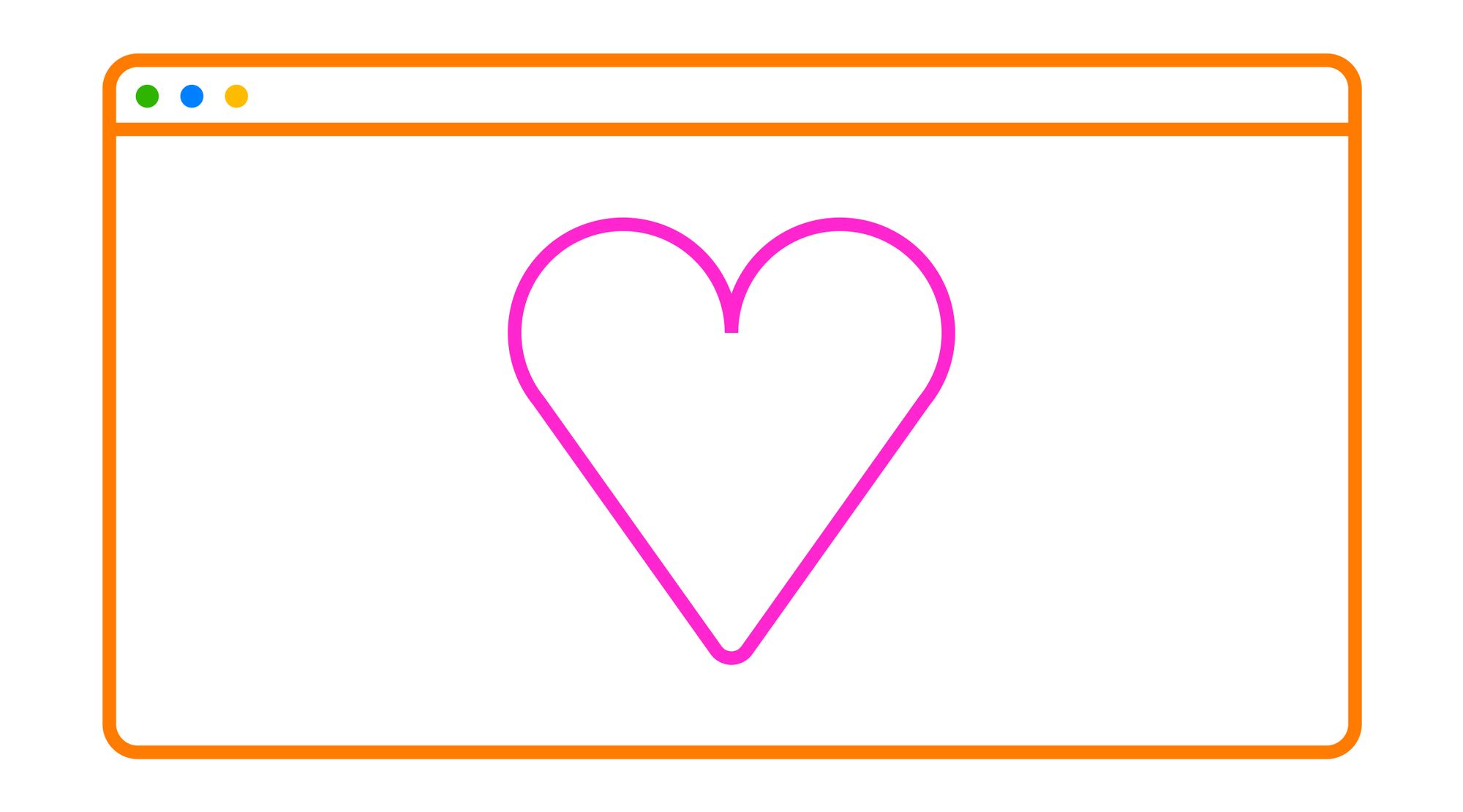The bare minimum of a designer’s job: tips on making websites accessible
Expert tips on accessibility research, inclusive web design and website evaluation.

Nowadays, not designing people out is a norm for every web design professional, not a gold standard. With an increasing number of tools and options, it still requires time and effort to make your website accessible. Fortunately, there are shortcuts and tips that can ease this process.
To explore the subtleties of web accessibility, we’ve talked with Tiina Golub, a UK-based product designer, writer and mentor, passionate about inclusive design and digital accessibility. She believes that the democratization of technology is a crucial milestone on the road to social equality and eagerly shares her advice on accessibility research and website evaluation.
Considering the needs of all users is the core part of our practice. Product designers aren’t being generous when we make accessible designs—we are simply doing the bare minimum of our job.—Tiina Golub, product designer, writer and mentor

What web accessibility is
The definition of accessibility on the web can be vague, as it depends on multiple factors: models and types of disability, degrees to which those disabilities can be taken into account, as well as available studies and technologies. Tiina Golub defines human-centered design, which comprises inclusivity and accessibility this way: “When form follows function, human-centered design is the process of designing something for humans and measuring the outcome by how usable it is. Inclusivity is a spectrum: on one extreme, you are designing an exclusive product for one specific user, and on the other, you are creating something for everyone. Accessibility, which means the inclusion of people with known disabilities, as well as others, is partway down this spectrum. It addresses the needs of some users but doesn’t include everyone”.
Defining groups that need attention
The first step in making an accessible website is understanding who you are designing for, who you should consider and why.
“Anything created to be used by people is designed to be accessible to the average human. We don’t walk up meter-tall steps or read 1px small text. Almost no one can do that. So we make things more and more accessible until we hit a critical mass, usually represented by an average able-bodied person, and we stop,—Tiina Golub shares.—Accessible design refers to a social model that states that people aren’t disabled by their impairment but by the world around them. It’s wrong to think of accessibility as going the extra mile since it’s impossible to design without considering it. The question then becomes, whom are you designing for, or, more importantly, whom are you not designing for and why”.
Tiina Golub believes that it’s impossible to create a perfect design that fully satisfies the needs of all users, so the key ingredient of inclusive design is flexibility. While some basic features are non-negotiable, designers need to make an informed decision on how best to allocate the remaining efforts.
There are two simple exercises Tiina suggests:
“First, review your personas, assuming you have them, and try to anticipate what impairments are more likely to affect your targeted demographic. This exercise can be uncomfortable, as it brings out a lot of prejudices and biases, but it’s important to consider what challenges your specific user base is more likely to encounter. Second, review your task flows against any situational disabilities. Are there specific tasks, such as ordering a taxi or paying at a grocery store, that users are more likely to perform in sub-optimal conditions and how might the environment affect their performance?”
Designing experiences for everyone
Once you’re done with defining who you are designing for, it’s time to translate data into actual experience.
“In as much as possible, design for the worst-case scenario,—Tiina advises.—Define the key user task for each page and make sure it’s super easy to achieve. If someone got shown your screen for 3-5 seconds, could they still figure out the rough content hierarchy and know which button to press? Remove any ‘traps’ such as dead-end scenarios, fatal errors, and functionality that demand 100% of the user's attention. Aim to create frictionless experiences that guide the user from one step to the next and enable them to do it on their own terms”.
“Then get up from your desk and observe how people actually use your interface. Meet young and old folks from various cultural and economic backgrounds, and notice how differently they use your interface. Watch them accessing it on the go, on small cracked screens in noisy environments while multitasking. Observe how quickly they skim over the content and pay attention when they get stuck”,—the designer adds.
Evaluating your long-existing or a brand-new website
There are plenty of analytical tools available to find and fix any issues with accessibility. Most of them let you see how people interact with a website: where they click, how they move their mouse, how far they scroll, and how they navigate through the site. Also, you can watch recordings of their sessions to understand their experience better, run surveys and testing. There are a few you might want to try out:
- Hotjar gives you website heatmaps, showing which parts get the most attention and which are somewhat inaccessible. You can check videos of user sessions to see how they interact with your site.
- Lighthouse is a popular open-source tool that automates accessibility testing. It checks your website for Web Content Accessibility Guidelines, like making sure images have descriptions and that the colors used have enough contrast.
- AccessiBe is a solution that gathers information directly from users with different disabilities. Their valuable feedback helps you understand what's working well and what needs improvement.
- WAVE—another tool that identifies errors related to accessibility guidelines. It also offers a team of experts who manually test websites for accessibility.
- Other handy tools include Equally AI and Siteimprove, which provide automated and manual accessibility checks.
In addition to these tools, you can also gather information about user behavior through surveys, live chats, and A/B testing. If you want a deep dive into the metrics used to evaluate website accessibility, take a look at this white paper on accessibility research metrics.
Tiina Golub shares her approach: “You begin by defining the framework for your analysis. Since inclusivity is a scale, you need to decide how accessible you want your interface to be or how inaccessible you will accept it being. It’s worth remembering that disabilities can be permanent, temporary and situational and review the likelihood of various impairments against your product task flow”.
“Next, you need to choose the most appropriate method: will you do a manual review or automate the process? Will you include usability testing and if so, will you test the use of assistive technologies, and which disabilities will you target? Most likely, you will need to assemble a multidisciplinary team to review not only the design but also the content and the code”,—she adds.
You can also review any website with a comprehensive checklist. For example, this free website accessibility checklist by Hubspot. And if you already have your site made with Readymag and wonder if it’s accessible, check your settings against our Accessibility checklist for Readymag websites to see if there’s room for improvement.